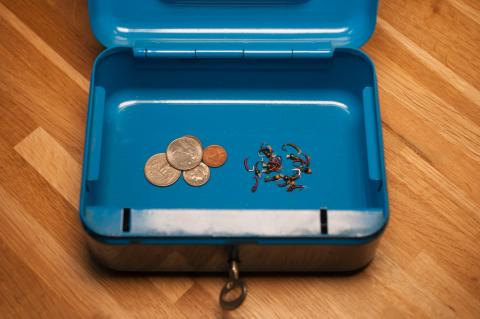I just stumbled over the last comment and like to mention that beside the named lodges the "Latitud Sur Anglers Camp" offers exceptional fishing as well. Not as boring as elsewhere close to the Barancoso, but technical with small nymphs and even dry's.
The german issue of "Patagonian salmonids" got an additional chapter were I wrote about the true history and how the ancestors of the "Strobel Steelheads" really found their way into the lake.
No legends and marketing bullshit, but facts.
best
Heiko Schneider
- Log in to post comments

